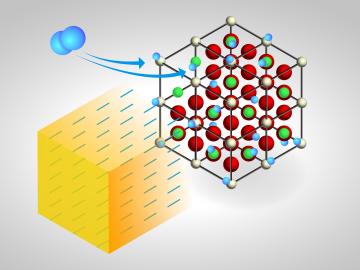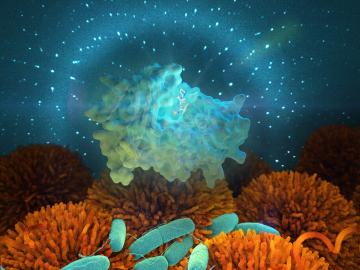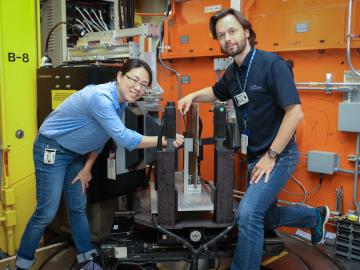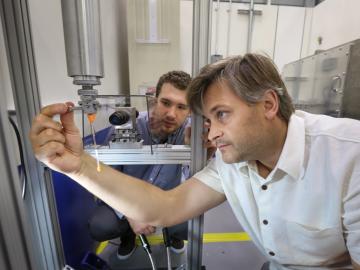
Filter News
Area of Research
- (-) Neutron Science (31)
- Advanced Manufacturing (6)
- Biological Systems (2)
- Biology and Environment (59)
- Biology and Soft Matter (1)
- Building Technologies (2)
- Clean Energy (90)
- Climate and Environmental Systems (1)
- Computational Biology (1)
- Computer Science (1)
- Data (1)
- Electricity and Smart Grid (1)
- Fossil Energy (1)
- Functional Materials for Energy (2)
- Fusion and Fission (15)
- Isotope Development and Production (1)
- Isotopes (3)
- Materials (64)
- Materials for Computing (6)
- National Security (25)
- Nuclear Science and Technology (6)
- Renewable Energy (1)
- Sensors and Controls (1)
- Supercomputing (56)
- Transportation Systems (1)
News Topics
- Artificial Intelligence (2)
- Biology (2)
- Computer Science (1)
- Cybersecurity (1)
- Decarbonization (1)
- Energy Storage (2)
- Environment (1)
- Frontier (1)
- Materials (3)
- Materials Science (2)
- National Security (1)
- Neutron Science (12)
- Physics (2)
- Quantum Science (1)
- Security (1)
- Space Exploration (1)
- Summit (1)
- Transportation (1)
Media Contacts

Textile engineering researchers from North Carolina State University used neutrons at Oak Ridge National Laboratory to identify a special wicking mechanism in a type of cotton yarn that allows the fibers to control the flow of liquid across certain strands.

More than 50 current employees and recent retirees from ORNL received Department of Energy Secretary’s Honor Awards from Secretary Jennifer Granholm in January as part of project teams spanning the national laboratory system. The annual awards recognized 21 teams and three individuals for service and contributions to DOE’s mission and to the benefit of the nation.

Cement trucks entering and exiting the Spallation Neutron Source are a common sight as construction of the VENUS neutron imaging beamline progresses. Slated for completion and commissioning in 2024-2025, VENUS is the twentieth neutron instrument at SNS and will offer many new capabilities.

Three ORNL scientists have been elected fellows of the American Association for the Advancement of Science, or AAAS, the world’s largest general scientific society and publisher of the Science family of journals.
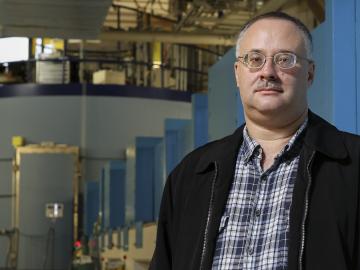
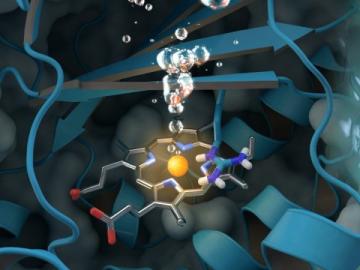
A new study sheds light on a unique enzyme that could provide an eco-friendly treatment for chlorite-contaminated water supplies and improve water quality worldwide. An international team of researchers led by Christian Obinger from the University of Vienna used neutron analys...
